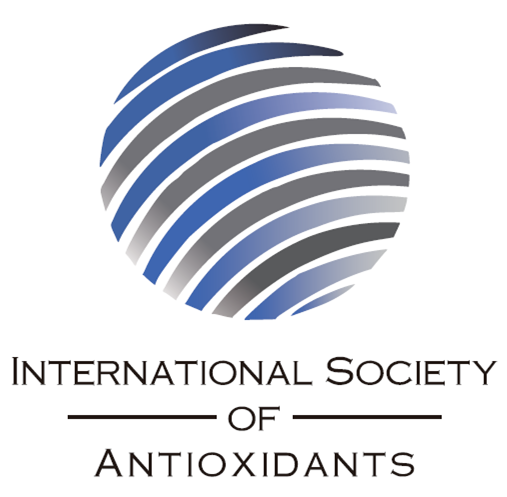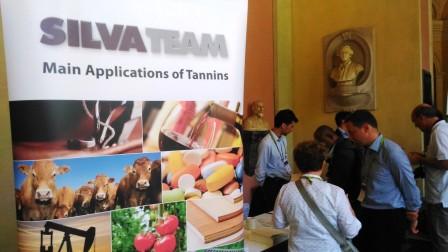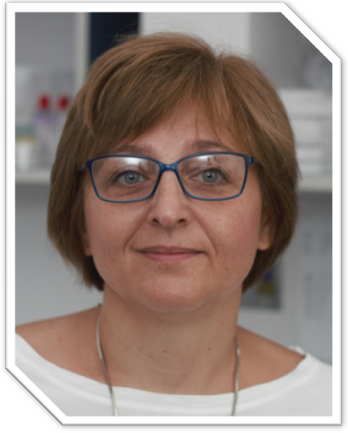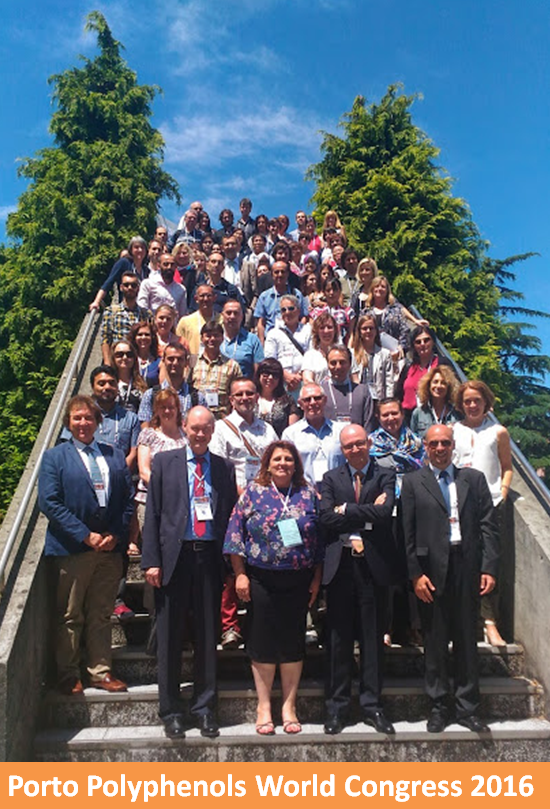Rosemary extract: Recent advances and perspectives - Carnosic acid stimulates skeletal muscle cell glucose uptake via AMPK activation
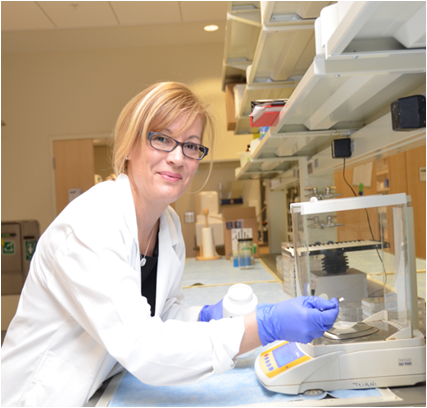 At Porto Polyphenols Congress 2016, Pr. Evangelia Litsa Tsiani from the Department of Health Sciences at Brock University in Ontario, Canada, will speak about Rosemary extract: Recent advances and perspectives - Carnosic acid stimulates skeletal muscle cell glucose uptake via AMPK activation.
At Porto Polyphenols Congress 2016, Pr. Evangelia Litsa Tsiani from the Department of Health Sciences at Brock University in Ontario, Canada, will speak about Rosemary extract: Recent advances and perspectives - Carnosic acid stimulates skeletal muscle cell glucose uptake via AMPK activation.
In her recent studies, Pr. Tsiani concludes the following: Compounds that increase the activity of the energy sensor AMP-activated kinase (AMPK) have the potential to regulate blood glucose levels. Rosemary extract (RE) has been reported to activate AMPK and reduce blood glucose levels in vivo.
In the present study, we measured the levels of the polyphenol carnosic acid (CA) in RE and examined the effects and the mechanism of action of CA on glucose transport system in muscle cells.
High performance liquid chromatography (HPLC) was used to measure the levels of CA in RE. Parental and GLUT4myc or GLUT1myc overexpressing L6 rat myotubes were used. Glucose uptake was assessed using [3H]-2-deoxy-D-glucose. Total and phosphorylated levels of Akt and AMPK were measured by immunoblotting. Plasma membrane GLUT4myc and GLUT1myc levels were examined using a GLUT translocation assay.
At concentrations found in rosemary extract, CA stimulated glucose uptake in L6 myotubes. At 2.0 µM CA a response (226±9.62% of control, p<0.001), similar to maximum insulin (201±7.86%, p<0.001) and metformin (213±10.74%, p<0.001) was seen. Insulin sensitivity was increase by CA. Akt phosphorylation was not affected by CA while AMPK phosphorylation was increased and the CA-stimulated glucose uptake was significantly reduced by the AMPK inhibitor compound C. Plasma membrane GLUT4 or GLUT1 glucose transporter levels were not affected by CA.
Our study is the first to show increased muscle cell glucose uptake and AMPK activation by low CA concentrations, found in rosemary extract, indicating that CA may be responsible for the anti-hyperglycemic properties of rosemary extract seen in vivo.





